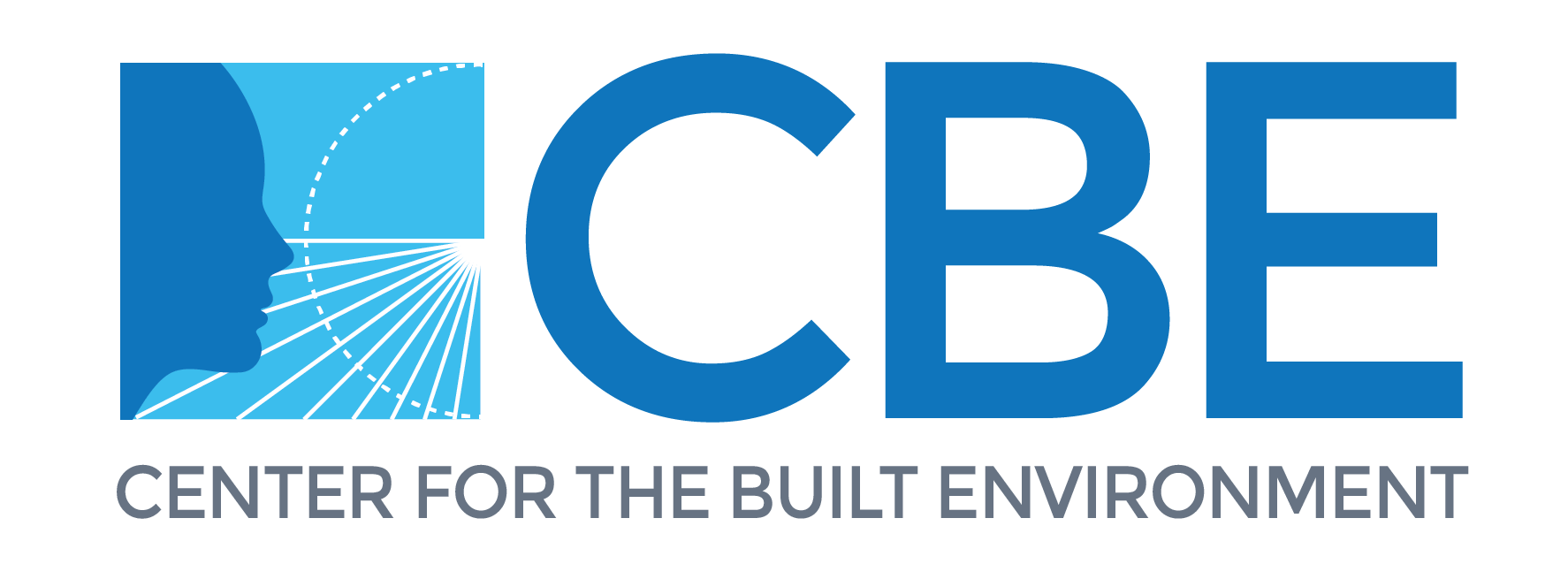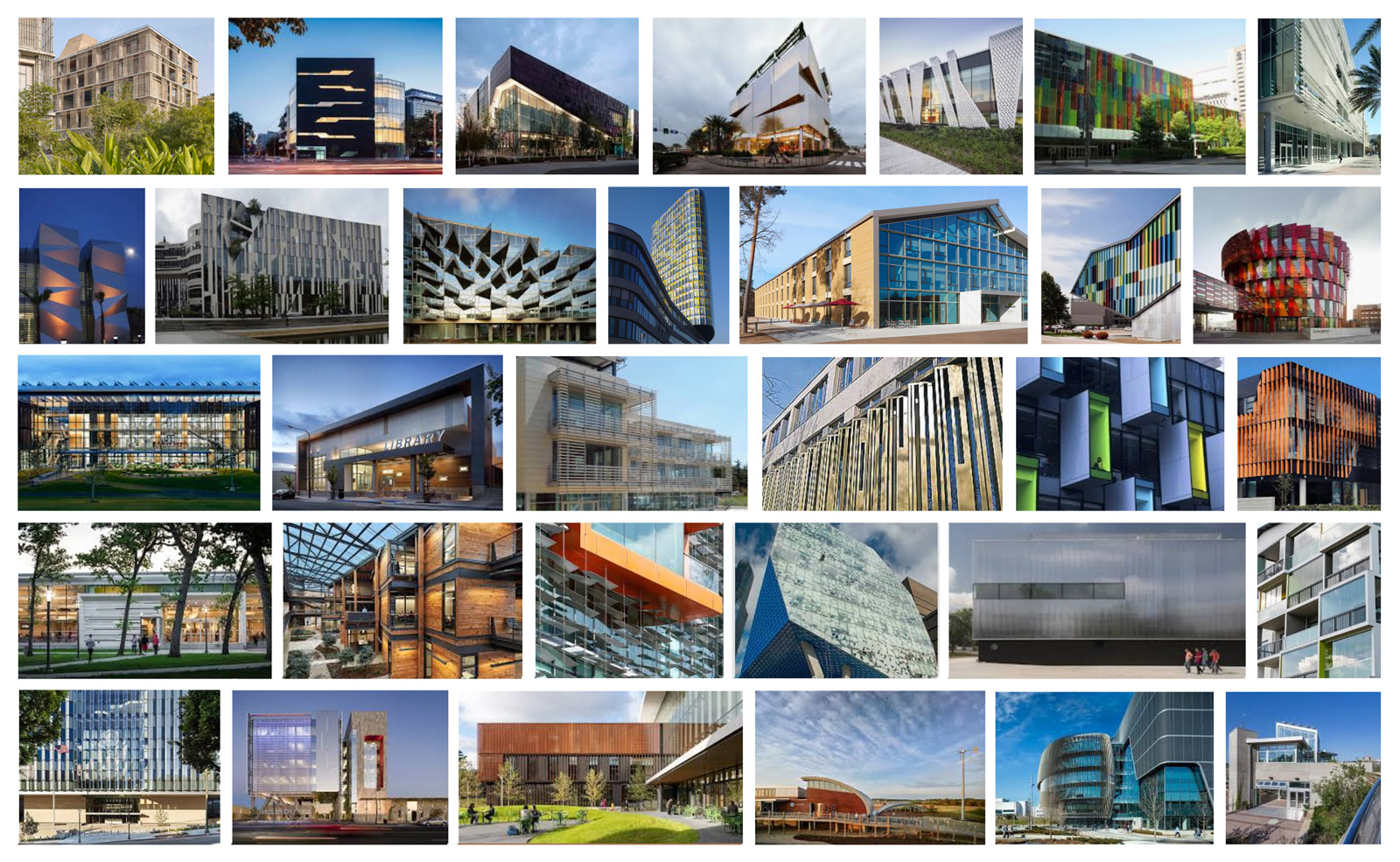Supporting the adoption of advanced facade design strategies and technologies.
Status: Current
Funding Sources: Polytechnic University of Bari, Italy CBE Members
Project Objective
This project collects information on buildings showcasing advanced facade design strategies and technologies from around the world, to be shared via an interactive mapping website. Our goal is to allow users to explore and analyze features of exemplary buildings to encourage implementation of climate-appropriate facade design. We have launched a beta site at https://facademap.cbe.berkeley.edu/.
Significance to Industry
We see increasing efforts to reduce building energy use through programs such as the 2030 Challenge, the California Global Warming Solutions Act and the European 2030 Agenda for Sustainable Development. To meet these goals, decisions related to the design of facades and building envelopes are critical. Building design professionals face numerous decisions related to facade design, including architectural expression, durability, energy performance, occupant comfort, and the combined effects of water, thermal and structural demands. Many innovative design approaches are being explored in practice, however the performance results of many are not well understood. New glazing and control technologies, along with new building standards such as New York City’s proposed ban on all-glass facades, will continue to drive innovation in building facade design, adding more options as well as constraints to the designer’s palette.
To make informed decisions, professionals benefit from examples of best practices that meet multiple facade requirements and also achieve high performance. Many new building designs have leveraged novel facade strategies and technologies to achieve good energy efficiency while contributing to occupant well-being, yet documentation of their performance is often lacking and/or inconsistent.
Research Approach
The project team will seek examples that demonstrate efforts to take advantage of (or to mitigate) exterior climate conditions to provide excellent indoor environmental quality. We seek projects that also reduce energy consumption, and that demonstrate noteworthy architectural expression, technological innovation, design innovation and application of climate-appropriate technology. We organize the projects based on seven key ‘reasons for inclusion’ that include the following: daylight control, solar control, natural ventilation, noise control, low embodied carbon, energy generation, and innovative insulation systems. We have launched a beta site at https://facademap.cbe.berkeley.edu/.
In the building of this resource, we are surveying our industry network and online resources to identify exemplar buildings to include in the database. We invite industry professionals and others to recommend candidate buildings for inclusion based on the criteria linked above, using this online form. Once these buildings have been identified, we will invite project team members to fill out an online survey to assist in the gathering of important metadata on the building design, characteristics, and operational performance, as part of newly created taxonomy of building and facade features. The resulting database will be used to populate the interactive map of projects. The tool has been built with the aim of easily updating projects and to allow for ongoing additions. This project was inspired in part by a previous CBE project to create an online map with a database of over 400 commercial buildings using radiant cooling and heating, online at CBE Radiant Systems Map. The project team is informed by an advisory group of approximately a dozen professionals from CBE’s Industry Consortium.
Publications and Reports
Lehrer, D. & Lamberti, V. (2024). Mapping Advanced Facades: Creating a Building Taxonomy and Documenting Global Case Studies. Proceedings, Facade Tectonics 2024 World Congress, Salt Lake City, October 8-10. https://www.facadetectonics.org/papers/mapping-advanced-facades

